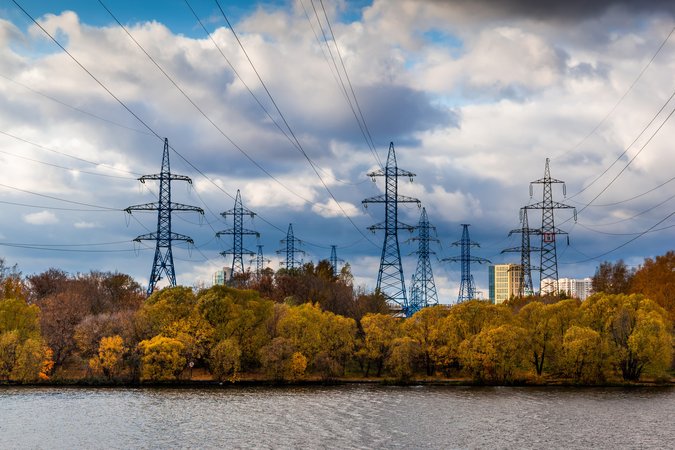Coal Demand, Market Forces, and US Coal Mine Closures
Declining labor productivity has caused more Appalachian coal mine closures and employment losses than has low natural gas prices or electricity demand.
Economic transitions have the potential to displace workers and cause social unrest. Coal mine closures in the eastern United States due to the changing electricity system and the resulting employment losses in rural areas have become salient issues for all levels of government. Previous research has not distinguished among the potential causes of recent mine closures, such as rising production costs and decreasing coal demand from the electricity sector. This analysis utilizes unique data on coal mine and power plant operation to estimate the impact of supply and demand factors on mine closure. We model closure as a function of expected pro ts, which allows us to compare the effects on mine closure of specific demand and supply shocks to expected mine pro ts. Our results suggest that each shock substantially affected coal mine employment. Increasing costs of producing Appalachian coal have had the largest impact on closures with lower natural gas prices and lower electricity demand each accounting for a substantial number of closures additionally.
Key findings
- Since 2002, several thousand Appalachian coal mines have closed, causing tens of thousands of miners to lose their jobs.
- Various factors could cause closure, such as rising production costs, declining coal demand from power generation, or environmental regulation.
- Using data on closures, coal mines, and electricity generators between 2002 and 2012, we compare the effects of natural gas prices, electricity demand, and labor productivity on mine closures.
- Declining productivity explains about twice as many closures as either natural gas prices or electricity demand.
- Policies that raise production costs at mines on federal lands would reduce closures in Appalachian mines, but only somewhat.





